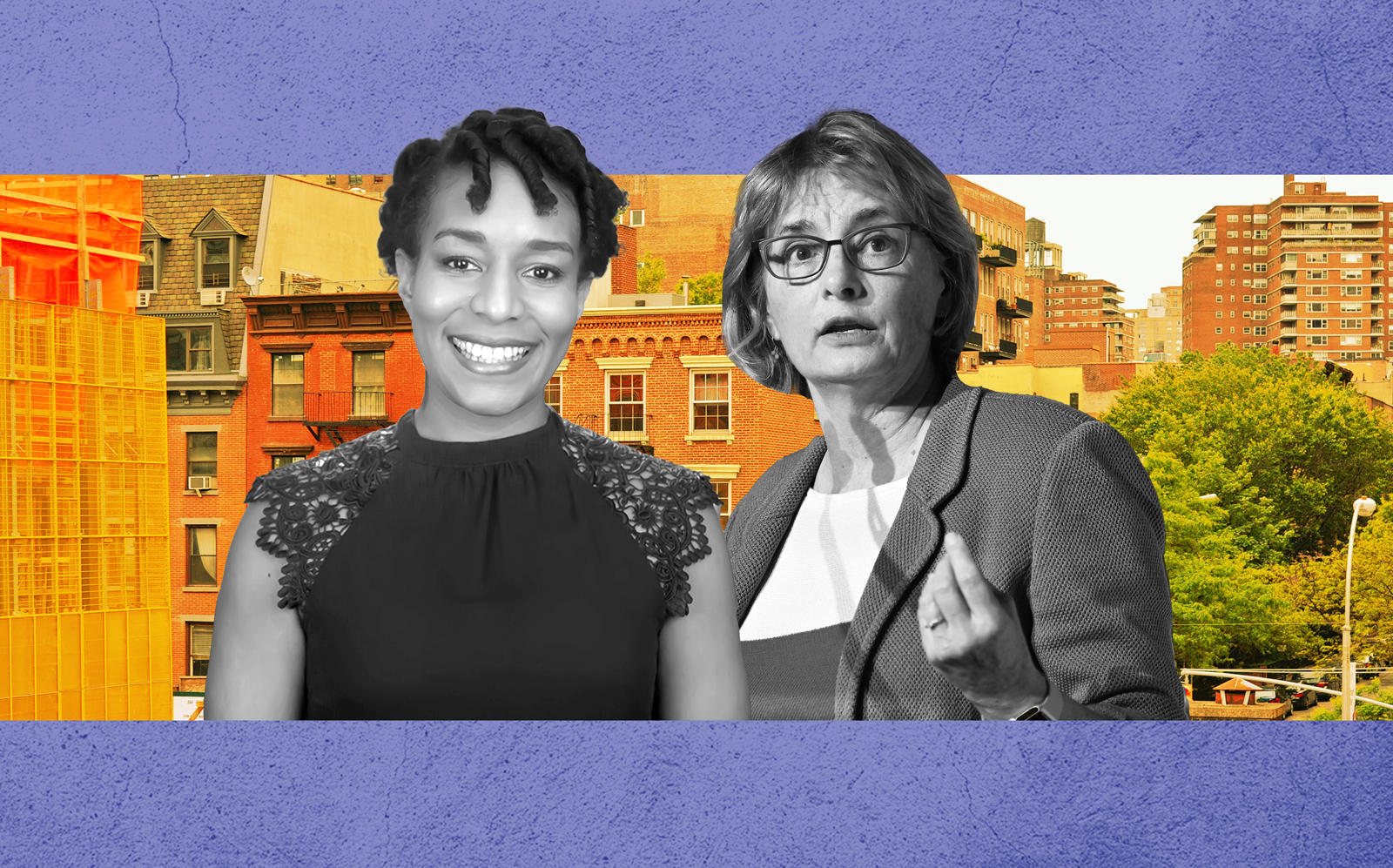Trending
What’s wrong with NYC housing? A lot, these folks say
Outdated building codes, unfair property taxes, bad zoning blamed for lack of affordability

Housing builders and policy pros on Wednesday laid bare some hard facts about New York City’s affordability crisis.
Politicians don’t get the math. Construction costs too much. Neighborhoods reject development.
The result is a mismatch between what most New Yorkers need and what gets built, the policymakers and developers said at a discussion convened by the Citizens Budget Commission.
“State and city legislators who are trying to represent their constituency mean well, but do not understand the math of affordable housing,” said Hal Fetner, head of family firm Fetner Management Company, which builds luxury rentals. “If you gave me a piece of property for free, given the current tax structure and construction costs, I cannot make a 100-percent affordable project work.”
The difficulties of financing affordable housing — which depends on public subsidies — have only multiplied during the pandemic, which led New York City to slash the Department of Housing Preservation and Development’s capital budget by 40 percent.
But adding affordable housing was a challenge even before Covid-19 wrecked New York City’s finances.
The majority of new housing units built are higher tier and unaffordable to the vast majority of New Yorkers, said Barika Williams, executive director of the Association for Neighborhood and Housing Development.
“Communities are asking for 70 percent affordable and 30 percent market-rate, which is the inverse of what the market can support,” said Williams. “The question is, how do we move mechanisms and incentives to get closer to that math, instead of maintaining the current structure of 80 to 20 or 70 to 30, with the bigger share market-rate?”
But reversing that ratio is nearly impossible, given the expense of building housing, according to Vicki Been, New York City’s deputy mayor of Housing and Economic Development.
“I’m all for more planning, having a strategy for different levels of the market, but we have to have a strategy for how to lower those costs,” said Been. “We can plan for low-income housing until the cows come home, but until we lower the cost of building, we’re not going to get it.”
In addition to diminished city funding for affordable projects and a property tax system that favors single-family homes, New York’s suburbs have limited the supply of new housing by resisting dense development, even near transit hubs.
New York’s state legislature should take steps to combat suburbs’ exclusionary zoning, said Jessica Katz, executive director of the Citizens Housing and Planning Council. Wealthy enclaves in New York City should usher in affordable housing too, she added.
“It is really important that affluent neighborhoods that have been incredibly privileged realize that their privilege comes at someone else’s expense,” Katz said. “Until the Upper East Side is willing to allow new development, we’re not going to have a system that functions for the whole city — and those costs will be disproportionately borne by vulnerable communities.”
Correction: Jessica Katz is executive director of the Citizens Housing and Planning Council. Her organization was misstated in an earlier version of this story.




